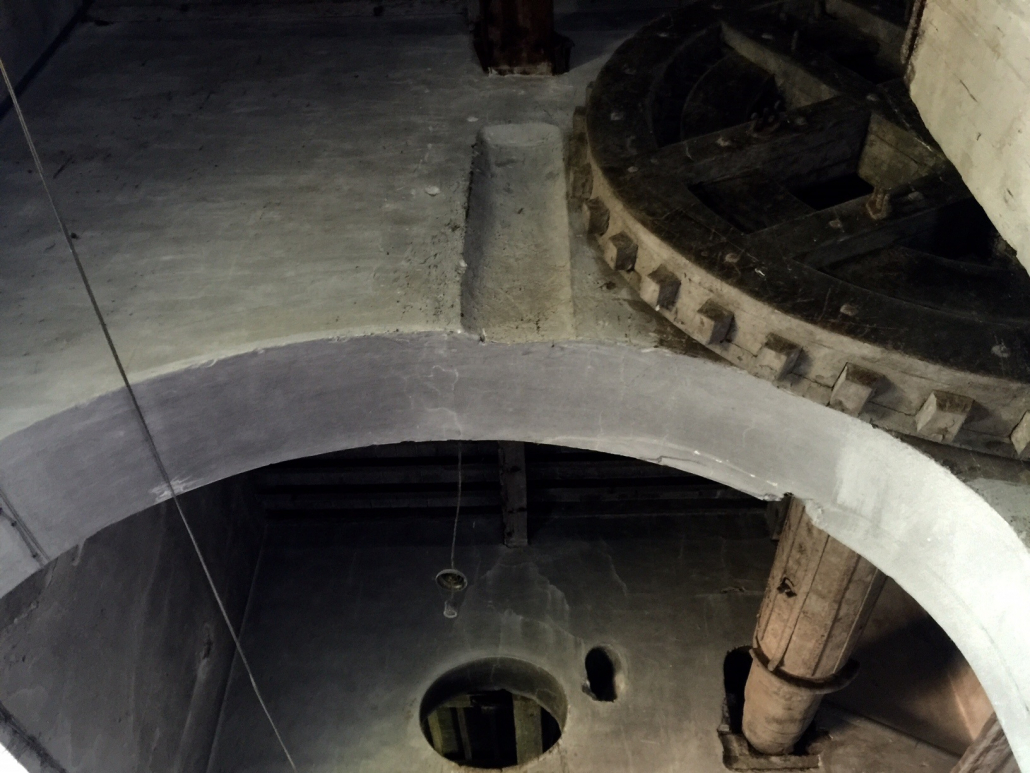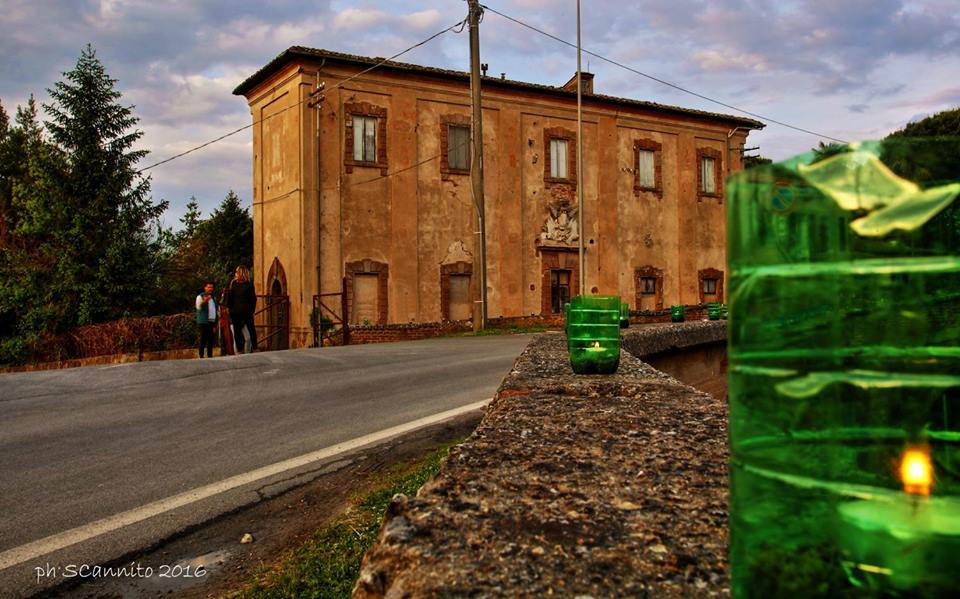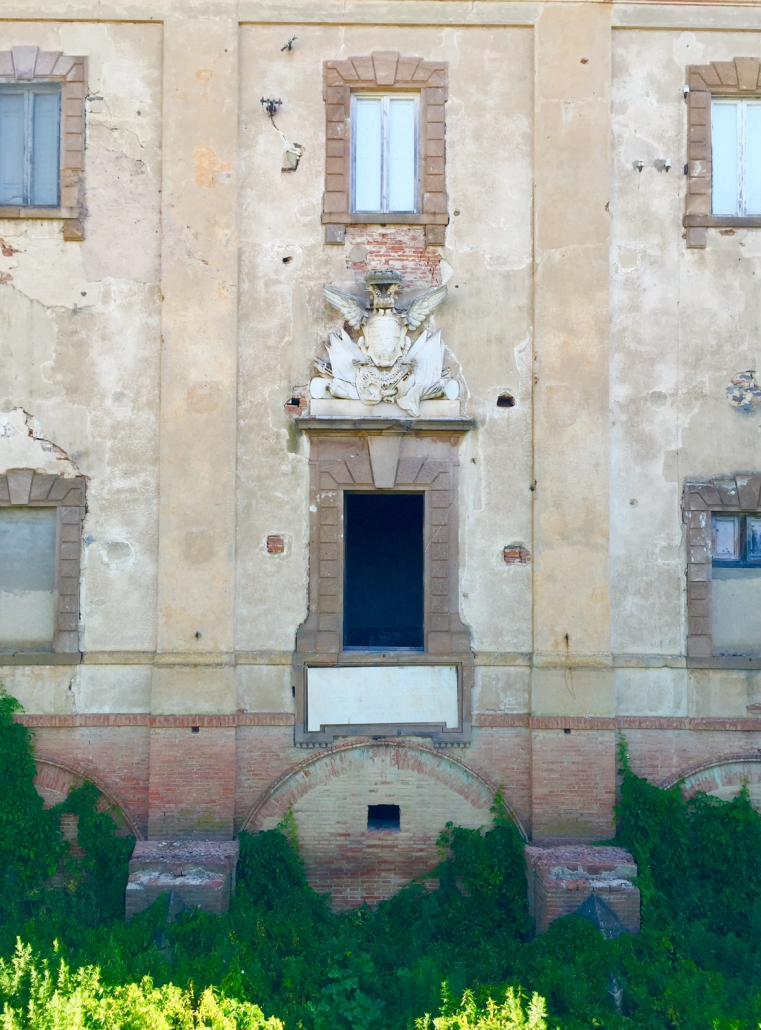History
Originally, the River Arno flowed through San Giovanni Alla Vena, strongly influencing it due to frequent flooding and consequent swamping. . In 1560, following the land reclamation works commissioned by Francesco I dei Medici, the course of the river was diverted to create a fertile alluvial plain. The change was significant for the town, which gradually developed entirely on the right bank, where it is today, at the foot of Monte Castellare.
Another important hydraulic modification took place in 1583, when the Serezzino un was opened, a canal linking the Arno river and the Serezza, aimed at relieving the influx of the Arno floods into the marshy area of Lake Sesto, until 1860 the largest lake in Tuscany.
In 1757, Emperor Francis Stephen I of Lorraine decided to have a new drainage canal from Lake Bientina (Sesto) to the Arno, known as the “Canale Imperiale", dug at his own expense and designed by the hydraulic engineer Leonardo Ximenes. The new canal, built on the route of the Serezza Vecchia, facilitated the flow of water and inland navigation. Once the canal was completed, the building was constructed containing the fascinating wooden gears that operated the three bulkheads of the Ximenian Sluices, which can still be visited today on request and with accompaniment.
Leonardo Ximenes
Leonardo Ximenes was a renowned scientist, mathematician, engineer, plumber, astronomer and a careful scholar who respected the hydrogeological nature of the land and the natural ecosystem.
The Ximenian Sluices of Via dei Due Ponti are also the last testimony of the hydrogeological history of the territory between Lucca and Pisa, of the reclamation of the lake of Bientina on the slopes of Monte Pisano.
Highlight
- Built in: 1757







